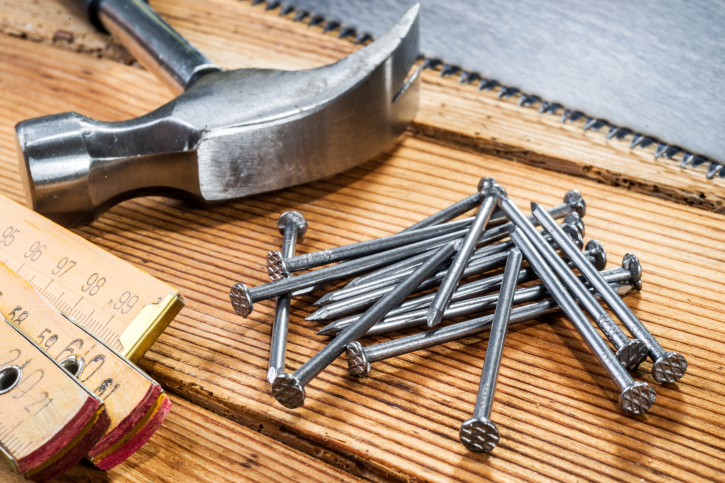As it has been said over and over, investors just love dividends and buybacks. They also love when dividends grow and when companies renew and expand their buybacks. In the case of Home Depot Inc. (NYSE: HD) and Lowe’s Companies Inc. (NYSE: LOW), there appears to be a dividend and buyback duel taking place. Many investors have to consider which of the two home improvement retail giants is more attractive at this time.
The first observation from 24/7 Wall St. is that this is one of those situations that long-term shareholders have to love. These two companies have seen the massive waves of growth in America. At this point, that leaves returning capital to shareholders when business is strong as the best likely use of capital. At a time when many other companies may start slowing their dividend and buyback growth ambitions, investors have to love seeing dividend payout hikes this high.
What precipitated this view was a news release from Lowe’s on Friday morning that the company was increasing its dividend. Its dividend hike was by 21.7%, which is very high — until you consider that Home Depot’s last dividend hike was even higher. The new dividend for Lowe’s will be $0.28 per share per quarter, so its new yield will be 1.6% for shareholders who enter now.
ALSO READ: 10 Stocks to Own for the Next Decade
On March 20, 2015, the Lowe’s board of directors authorized a new repurchase program of $5 billion of common stock. While that buyback had no expiration date, it actually was added on top of the previous repurchase program, which still had some $2.4 billion as of January 30, 2015.
Lowe’s has a market cap of roughly $67 billion. It also trades at 21 times expected current year earnings, and less than 18 times next year’s expected earnings.
Home Depot’s market cap is $145 billion, and its forward valuations are 21 times this year’s expected earnings and about 18.5 times next year’s expected earnings. Home Depot’s dividend yield is now 2.1%.
Back on February 24, Home Depot announced, along with earnings, that it was increasing its dividend by 26% and increasing its stock buyback efforts.
Home Depot’s dividend hike was up to $0.59 per share per quarter, and this was the sixth consecutive year of a dividend hike. Home Depot’s board of directors also authorized an $18.0 billion share repurchase program in an effort to replace its prior program.
What investors have to keep in mind was that Home Depot has already bought back $53 billion of its stock (roughly 1.2 billion shares) from the year 2002 through February 1, 2015. Home Depot also outlined what it sees ahead for capital return plans:
- Targeting a dividend payout ratio of approximately 50%
- Intent of completing the new $18.0 billion in stock buybacks by the end of fiscal 2017
- Keeping a high return on invested capital, with a goal of reaching 27% by the end of fiscal 2015
At the end of the day, Lowe’s seems to have had little choice in how much it raised its dividend. It probably is not realistic to have thought that it would announce an even larger buyback plan, but it is worth noting that the valuation levels are so close that the Home Depot yield of 2.1% is likely to trump the 1.6% yield for Lowe’s.
At $112.00, Home Depot’s consensus analyst price target is $123.26 and its 52-week range is $77.75 to $117.99. Lowe’s $70.20 price compares to a consensus analyst target price of $78.04 and a 52-week range of $45.10 to $76.25.
All things being equal, these two companies are so close in valuations on so many metrics not discussed here that many investors may consider it a coin toss whether Home Depot or Lowe’s is a better buy.
ALSO READ: States Where Income Is Booming
It’s Your Money, Your Future—Own It (sponsor)
Are you ahead, or behind on retirement? For families with more than $500,000 saved for retirement, finding a financial advisor who puts your interest first can be the difference, and today it’s easier than ever. SmartAsset’s free tool matches you with up to three fiduciary financial advisors who serve your area in minutes. Each advisor has been carefully vetted and must act in your best interests. Start your search now.
If you’ve saved and built a substantial nest egg for you and your family, don’t delay; get started right here and help your retirement dreams become a retirement reality.
Thank you for reading! Have some feedback for us?
Contact the 24/7 Wall St. editorial team.




